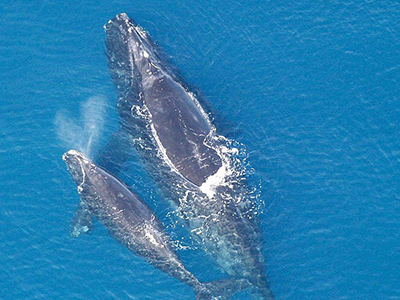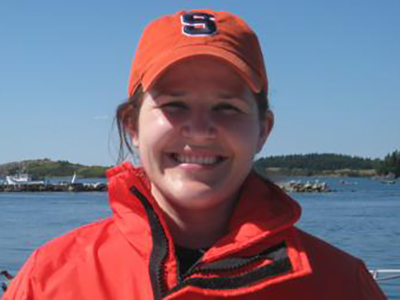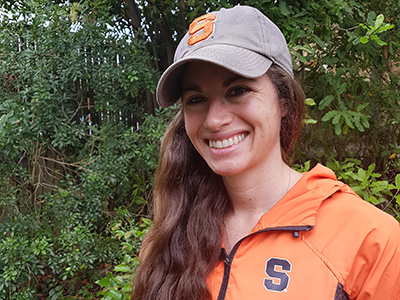Star Scholar: Julia Fancher Earns Second Astronaut Scholarship for Stellar Research
Julia Fancher, a rising senior majoring in physics and mathematics in the College of Arts and Sciences (A&S), a logic minor in A&S and a member of the Renée Crown University Honors Program, has been renewed as an Astronaut Scholar for…




